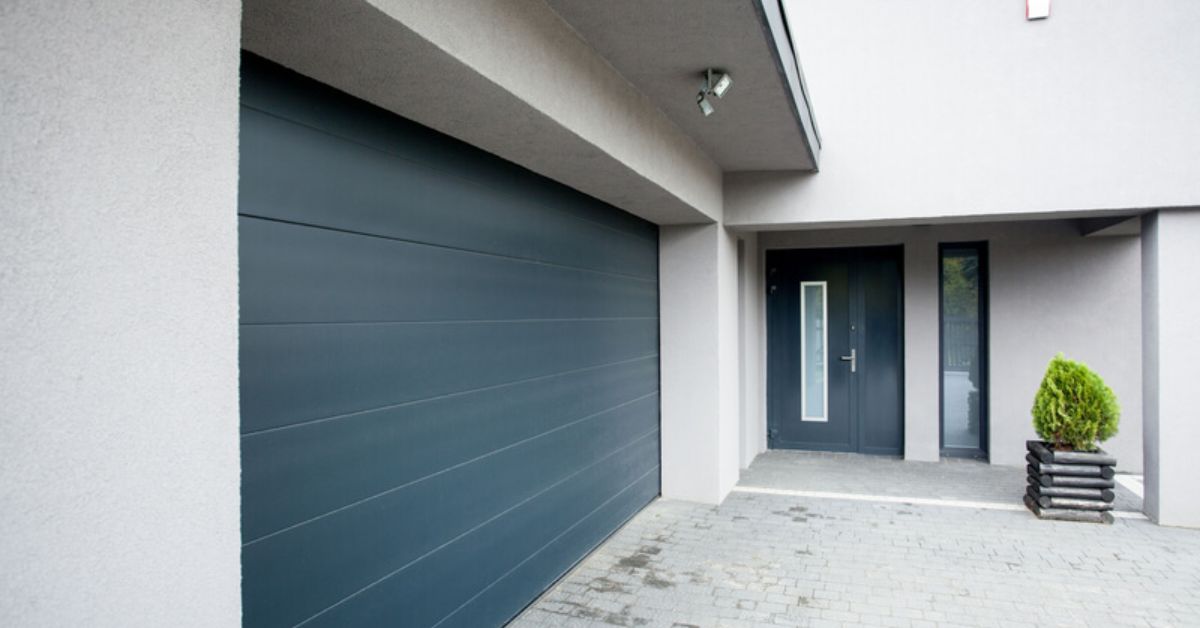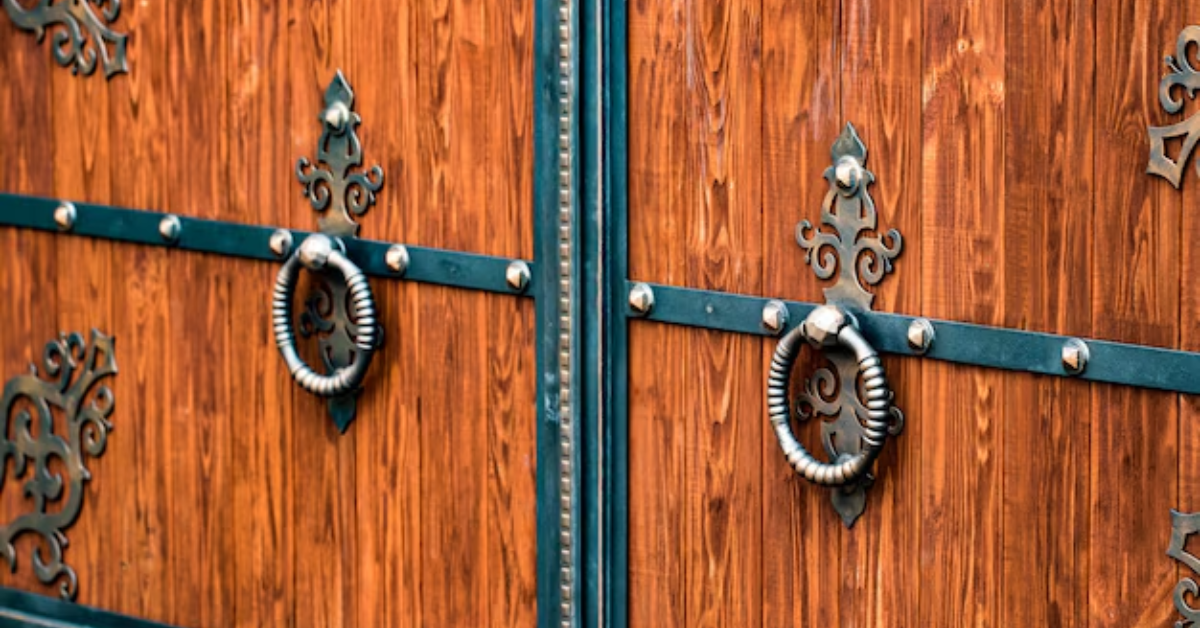Do You Know How to Test Your Garage Door Sensors for Reliability?
Garage door sensors serve as crucial safety components, often overlooked despite their pivotal role in ensuring the secure and smooth operation of your garage door system. These sensors act as vigilant guardians, detecting obstructions in the door's path to prevent accidents, injuries, or property damage. Reliability in their functionality is paramount, as malfunctioning sensors pose significant safety risks, particularly for households with children, pets, or frequent garage usage.
Understanding how to test your garage door sensors for reliability is a proactive step toward maintaining a safe and efficient garage. Regular testing not only ensures the proper functioning of these sensors but also contributes to the overall longevity of your garage door system. In this guide, we'll delve into the step-by-step process of testing these sensors, covering essential procedures, troubleshooting tips, and maintenance strategies to guarantee their consistent and dependable operation.
Understanding Garage Door Sensors
Garage door sensors, pivotal for safety and functionality, operate on the principle of detecting obstacles in the door's path. Typically, they consist of a pair of photoelectric eyes installed on either side of the door, transmitting an invisible beam across the door opening. When the beam is interrupted by an obstruction, such as a person, pet, or object, the sensors trigger a signal to halt the door's movement, preventing closure or causing an immediate reversal if in motion. This critical safety mechanism ensures that the door does not inadvertently close on anything in its path, averting accidents and damages.
The
functionality relies on the alignment and proper functioning of both sensors. When misaligned or obstructed by debris or dirt, they may fail to detect obstacles accurately, compromising the safety of the garage door system.
Types of Garage Door Sensors
There are primarily two types of garage door sensors:
Infrared Sensors: These sensors use an infrared beam between the sender and receiver units. When the beam is broken, the sensors signal the door to stop or reverse its movement. They are highly effective and commonly used in modern garage door systems.
Laser Sensors: A more advanced variation, laser sensors operate similarly to infrared sensors but with a narrower, more focused beam. They offer increased precision and reliability in detecting obstacles, providing an added layer of safety.
Understanding the distinctions between these sensor types is crucial for homeowners seeking to maintain and test their garage door sensors for optimal performance.
Preparing for Testing
Before conducting any testing on garage door sensors, prioritizing safety measures is paramount:
- Ensure to disconnect the power supply to the garage door opener to prevent accidental activation during the testing process. This minimizes the risk of the door closing unexpectedly.
- Remove any obstructions, vehicles, or objects from the vicinity of the garage door. Clearing the area ensures a safe space for testing and prevents potential accidents.
- Use appropriate safety equipment such as gloves and safety goggles to shield yourself from any debris or accidental contact while handling the sensors.
- Adhere strictly to the manufacturer's guidelines for testing procedures and safety precautions mentioned in the garage door system manual.
Adhering to these safety precautions significantly reduces the risk of accidents or injuries while testing the garage door sensors.
Tools Required
Gathering the necessary tools beforehand streamlines the testing process:
Clean Cloth or Soft Brush:
For cleaning the sensors and removing any dirt, dust, or debris that might obstruct their functionality.
Spirit Level: Ensures accurate alignment of the sensors. This tool helps in verifying whether the sensors are positioned correctly, ensuring their effectiveness.
Measuring Tape: Useful for checking the alignment and distance between the sensors as per the manufacturer's specifications.
Screwdriver/Wrench: Often required for adjusting the sensor brackets or making minor alignments.
Voltage Detector (Optional):
For checking power supply and ensuring electrical safety before handling the sensors.
Having these tools readily available will facilitate a smooth and efficient testing process for the garage door sensors.
Step-by-Step Guide to Testing
- Begin by visually examining the alignment of the sensors on either side of the garage door. They should be facing each other directly and be perfectly aligned horizontally.
- Place a spirit level on each sensor to ensure they are both level with each other. Adjust the sensor brackets if necessary to achieve proper alignment.
- Measure and confirm that the sensors are positioned within the recommended distance from the ground, typically around 4-6 inches. Adjust as per the manufacturer's specifications.
- Trigger the door to close and observe the sensor indicator lights. If properly aligned, both lights should be illuminated. Misalignment may cause one or both lights to blink or remain off.
Cleaning the Sensors
- Ensure the power to the garage door opener is disconnected for safety.
- Gently clean the sensor lenses to remove any dirt, dust, or debris that might obstruct the sensor's functionality. Ensure both sensors are thoroughly cleaned.
- Check the sensor lenses for any obstructions that could hinder their operation, such as spider webs, dirt buildup, or other debris. Clear away any such obstacles.
Testing Sensor Responsiveness
- Restore the power supply connection to the garage door opener.
- Activate the garage door opener and close the door. Introduce an obstruction, like a cardboard box or a broomstick, into the path of the closing door, interrupting the sensor beam.
- The sensors should immediately detect the obstruction and cause the door to stop its movement or reverse it if it's closing. Both sensor indicator lights should turn off or blink when the beam is obstructed.
- Perform the obstruction test multiple times to ensure consistent and reliable sensor responsiveness.
Regularly testing the sensors using these steps ensures their proper alignment, cleanliness, and responsiveness, guaranteeing the safety and reliability of your garage door system.
Troubleshooting and Common Issues
Observing the indicator lights on the sensors is crucial; if they're off, blinking, or flickering, it might signal issues with alignment or functionality. Another problem could be the sensors' unresponsiveness to obstructions, failing to stop the door's movement when an object is detected. Visibly damaged sensors, loose wiring, or accumulated debris may obstruct their operation, while ensuring a consistent power supply is essential—check electrical connections to confirm proper functionality.
Addressing issues with
faulty sensors involves a series of steps. Begin by realigning the sensors using a spirit level and measuring tape, ensuring they face each other directly and maintain the recommended distance from the ground. Cleaning the sensor lenses thoroughly with a soft cloth or brush eliminates dirt that might hinder functionality. Remove any physical obstructions like spider webs or debris around the sensors. Check for loose or damaged
wiring connections between the sensors and the garage door opener, ensuring they are secure. If problems persist, considering the replacement of malfunctioning sensors recommended by the manufacturer may be necessary. Seeking professional assistance for complex issues or uncertainty in troubleshooting steps ensures the safety and reliability of your garage door system.
Additional Tips for Maintenance
Perform routine checks and inspections:
- Verify sensor alignment and cleanliness.
- Test sensor responsiveness periodically.
- Check for loose connections or wiring issues.
- Ensure the overall condition of the garage door system.
Consider environmental influences:
- Seasonal changes that might affect sensor performance.
- Extreme temperatures impacting sensor functionality.
- Presence of moisture, dust, or direct sunlight affecting sensors.
- Shield sensors from direct exposure to harsh elements for optimal performance.
- Regular inspections and considerations for environmental factors play a crucial role in maintaining the reliability and longevity of your garage door sensors.
Conclusion
Regular testing of garage door sensors stands as an indispensable safety measure, ensuring the smooth and secure operation of your garage door system. By acknowledging the critical role these sensors play in averting potential accidents and damages, and by consistently conducting tests to verify their functionality, homeowners can prioritize safety within their households. Remember, proactive maintenance and vigilance not only enhance the reliability of these sensors but also contribute significantly to the overall safety and peace of mind regarding garage door operations.




